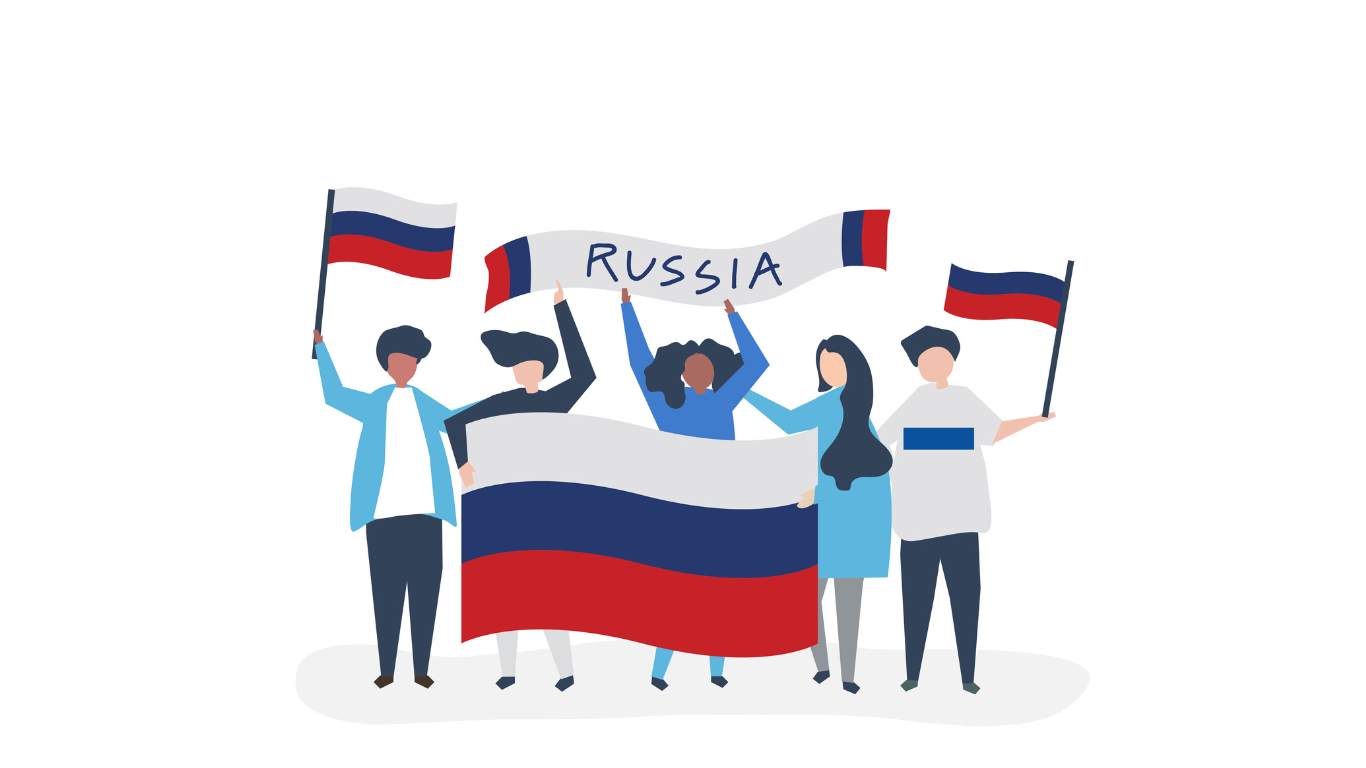Russia’s transformation into a socialist state was a tumultuous journey, fueled by social unrest, political upheaval, and the rise of revolutionary ideals. In the early 20th century, the vast Russian Empire, ruled by the Tsars, was a tinderbox waiting to ignite. Poverty, inequality, and a repressive government fueled discontent among the working class and peasantry. This simmering discontent provided fertile ground for socialist ideas to take root.
Seeds of Discontent
The seeds of socialist thought in Russia were sown in the latter half of the 19th century. Inspired by European thinkers like Karl Marx, revolutionary movements emerged that challenged the Tsarist regime. These movements were particularly critical of the stark inequality between the wealthy aristocracy and the impoverished masses. The working class, toiling in harsh factory conditions, and the peasantry, burdened by a feudal land system, were ripe for revolution.
Rise of the Bolsheviks
Among the various socialist movements, the Bolsheviks, led by the charismatic Vladimir Lenin, rose to prominence. Lenin advocated for a vanguard party of professional revolutionaries to lead the working class towards a socialist revolution. Unlike other socialists who believed a socialist revolution could only occur in industrialized nations, Lenin argued that Russia, with its large and discontented peasantry, could be the spark that ignited global revolution.
The 1905 Revolution and its Aftermath
The first major challenge to the Tsarist regime came in 1905, triggered by a bloody incident known as “Bloody Sunday.” Workers, protesting for better working conditions, were brutally massacred by the Tsar’s troops. This event sparked a wave of strikes and unrest across the country, forcing the Tsar to make concessions, including the creation of a Duma (parliament). However, the Tsar soon cracked down on these reforms, leaving the revolutionary spirit simmering just beneath the surface.
The February Revolution and the Provisional Government
The crucible that finally forged a socialist state in Russia was World War I. The war exposed the Tsarist regime’s weaknesses, leading to widespread food shortages, economic hardship, and military defeats. In February 1917, mass protests in Petrograd (St. Petersburg) escalated into a full-blown revolution, forcing the Tsar to abdicate. A Provisional Government, composed of moderate socialists and liberals, took power.
Bolsheviks Seize Power: The October Revolution
The Provisional Government, however, struggled to address Russia’s pressing issues. Meanwhile, the Bolsheviks, under Lenin’s leadership, gained popularity by advocating for “Peace, Land, and Bread”—issues that resonated deeply with war-weary workers and peasants. In October 1917, in a swift and decisive move, the Bolsheviks, led by Leon Trotsky, seized power in what is known as the October Revolution.
Civil War and Consolidation of Power
The Bolsheviks, now renamed the Communists, faced a brutal civil war against the forces loyal to the old regime and other socialist factions. The war lasted for several years, leaving millions dead. The Communists emerged victorious, consolidating their power and establishing the world’s first self-proclaimed socialist state, the Union of Soviet Socialist Republics (USSR).
Building a Socialist Society
The newly formed Soviet government embarked on an ambitious project to establish a socialist society. Key features included nationalization of industries and banks, collectivization of agriculture, and central economic planning. The government also prioritized social welfare programs, providing free healthcare and education for all citizens.
The Legacy of Socialist Russia
The socialist experiment in Russia had a profound impact on the world stage. It inspired communist movements globally and ushered in a period of ideological rivalry with the capitalist West. However, the Soviet system also faced significant challenges, including economic stagnation, political repression, and social inequalities. The USSR ultimately collapsed in 1991, leaving behind a complex legacy of achievements and failures.
Conclusion
The rise of socialism in Russia was a complex process driven by social inequality, political repression, and revolutionary ideals. The Bolsheviks, led by Lenin, capitalized on the widespread discontent and seized power in 1917. The subsequent decades saw the establishment of a socialist state with its own successes and failures, leaving an indelible mark on world history. While the Soviet Union may be gone, the story of how a vast empire gave way to a socialist experiment remains a captivating chapter in the annals of global revolution and social change.

